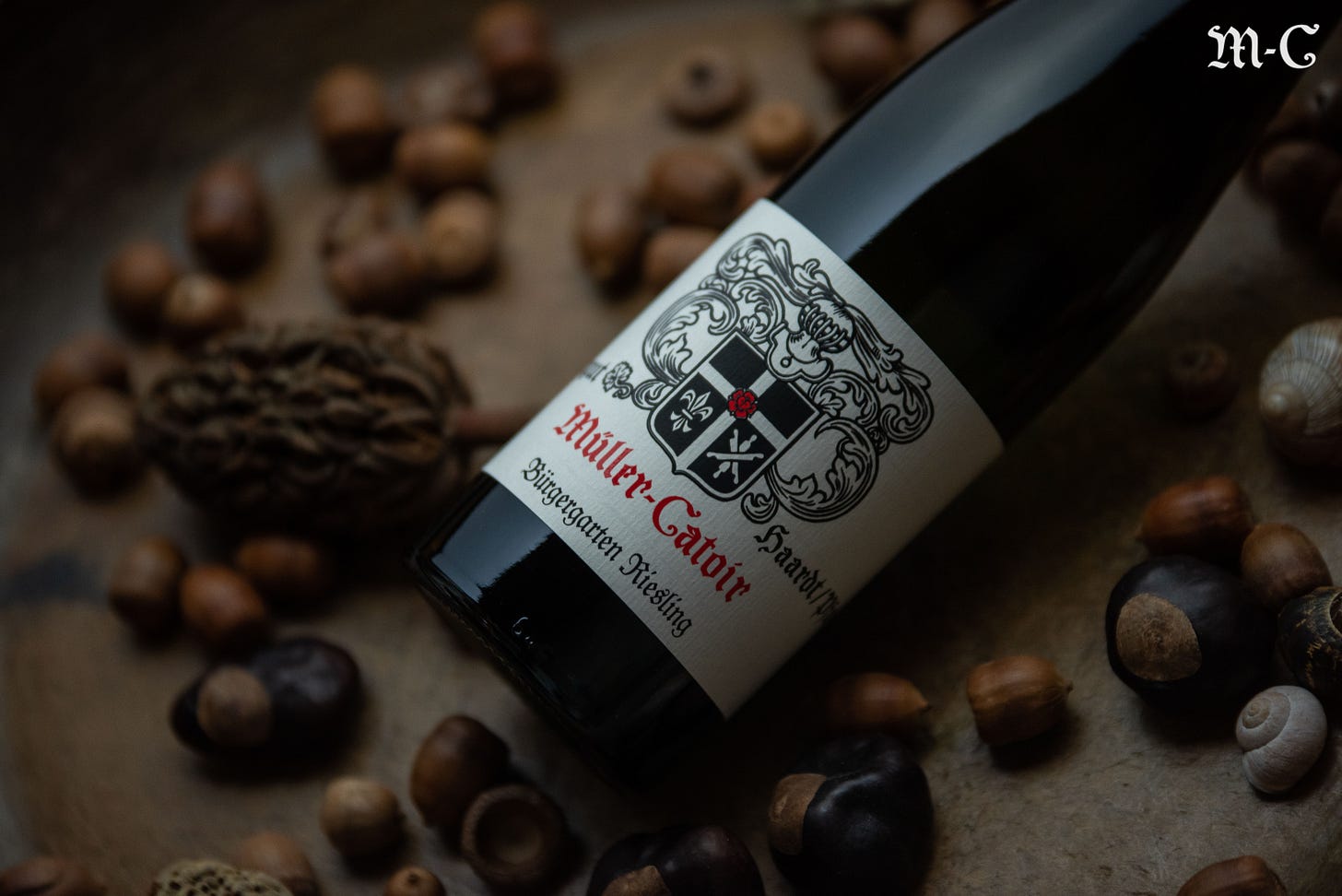Some years ago, I went to stay with friends not long after they had their first baby. I was not equipped to feed and had no desire to change diapers, but I what I could do was cook. When I asked if they had any special requests, they had only one. “Please, whatever you do, help us use the sauces.”
These friends had fallen victim to something I like to think of as “sauce spread”. Like mission creep, sauce spread starts with a simple enough desire to update the typical weeknight chicken with peri peri sauce and before you know it you are carting home yellow curry, harissa and a jar of mint green zhoug. You have no idea what it is good for but surely, you will find a use.
Even if you pick up a new jar or can of a sauce that catches your eye say, once a month, by the end of the year you would have twelve bottles cluttering your refrigerator doors, because it’s pretty unlikely you’ve finished even one.
I’m not immune to the siren song of an appealing packaged sauce. Only this week I finally threw out the last dregs of a bourbon barbecue sauce that’s been around since we moved into our house and Nepalese momo sauce that had been hanging out in the fridge for longer than I’d care to admit.
Generally, I find that stocking the building blocks to make multiple sauces or marinades, I am far more likely to make use of them. White miso paste is always on hand to mash into a compound butter and slather on grilled eggplant or to whip up a marinade for fish. I’ve gotten in the habit of keeping inexpensive but decent sake around for teriyaki sauce to go with everything from chicken to salmon. And as the teriyaki sauce keeps for a bit, I know another quick dinner will be ready to go in the week to come.
One sauce base I can’t live without is Korean gochujang paste. We get ours on regular trips to H-Mart, the Korean supermarket, but you can also find perfectly useful versions everywhere from Whole Foods to Trader Joe’s. Gochujang is the secret sauce ingredient in a variety of Korean dishes. From bulgogi to Korean barbecue to tofu and kimchi jjigae (stew). Unlike that geriatric bourbon barbecue sauce I threw out, we can easily go through a few tubs a year of this sweet and spicy fermented chili paste for all its myriad uses.
If I’m committed to not allowing (too much) sauce spread, then it is also useful to have more recipes in the repertoire that make use of the base ingredients. It is with this in mind, I recently have been recipe testing for the right balance of gochujang in a bone-in chicken marinade. Combined with soy sauce, rice wine vinegar, honey, ginger and garlic, this sauce hits all the right notes of sweet, spicy, salty and tangy.
For extra credit, and because our small human still is wary of spicy food, I modified this recipe for the chili averse. Swapping the gochujang for ketchup and tomato paste, it nails the umami without the spice, and I even get to dip into two other refrigerator staples at the same time.
That weekend of cooking for the new parents I did the best I could to tame their sauce spread, simmering curries to freeze for future meals, and roasting a pork shoulder after marinading in some combination of half bottles. I might have helped for a minute, but I’m pretty sure those sauces started piling up again not long after my departure. The only real cure I’ve found is making your own sauce from base ingredients with maximum flexibility. And even then, can one really have varieties of miso paste? And don’t get me started on the mustards.
Gochujang Sweet & Spicy Chicken
Note: Brands of gochujang pack different levels of heat. Taste yours before you cook and if you are worried, start light and find the right balance for your palate. Also, if you happen to have leftovers, this chicken is amazing repurposed in tacos or quesadillas, or topping a salad or rice bowl.
Serves: 4 hungry adults
1 bone-in chicken, about 3 lb., quartered
¼ cup gochujang paste
1/3 cup low sodium soy sauce
2 T. rice wine vinegar
1 inch piece of ginger, peeled and grated
2 garlic cloves, peeled and grated
1 T. honey
Mix all ingredients for the marinade. Place chicken in a non-reactive glass or ceramic baking sheet or large bowl. Mix chicken thoroughly with the marinade, making sure it is evenly spread on all parts. Cover and marinate for at least 2 hours before cooking.
When ready to cook, preheat oven to 425°F. Line a rimmed baking sheet with foil or parchment to make clean up easier. Lightly oil the baking sheet and arrange chicken on top in a single layer, skin side up. Bake for 40 minutes until a thermometer inserted in the thick part of a thigh reads 165°F.
Pro Tip: To make full use of your sheet pan, remove ribs from half a bunch of kale and tear into small pieces. Toss lightly with oil, salt and pepper. In the last ten minutes of cooking the chicken, nestle kale between the chicken pieces. Check after five minutes to make sure the kale is not burning. This should work out that the kale is wilted and crispy in places at the time the chicken finishes, making for a nice textural contrast and complete meal when served with rice or potatoes.
Sweet & Tangy Tomato Chicken
Note: This is the flavorful yet spice free alternative to the above recipe. Perfect for littles. Feel free to halve the recipe.
Serves: 4
1 lb. boneless, skinless chicken thighs
2 T. ketchup
2 T. tomato paste
¼ c. low sodium soy sauce
2 T. rice wine vinegar
1 T. honey
2 garlic cloves, peeled and grated
½ inch piece of ginger, peeled and grated
Mix all ingredients for the marinade. Place chicken in a non-reactive glass or ceramic baking sheet or large bowl. Mix chicken thoroughly with the marinade, making sure it is evenly spread on all parts. Cover and marinate for 2 – 6 hours before cooking.
When ready to cook, preheat oven to 425°F. Line a rimmed baking sheet with foil or parchment to make clean up easier. Lightly oil the baking sheet and arrange chicken on top in a single layer. Bake for 20 minutes until a thermometer inserted in the thick part of a thigh reads 165°F.
To Drink…
Riesling is the white that somms love to love and the general public still struggles with. Maybe it is because this varietal is generally better with food than without? This might be your chance to finally try and see for yourself. The pungent flavors of this gochujang chicken deserve a wine that has its own balance of aromatics, lip smacking acidity and a touch of residual sweetness to balance the heat. For this pairing I would suggest sticking with Germany and across the border in France’s Alsace.
Weingut Keller’s Limestone Riesling is a personal favorite, but don’t take my word for it. Jancis Robinson has called this German producer’s dry Rieslings the “Montrachet of Germany.” Müller-Catoir is another widely distributed name known for Rieslings from the Pfalz region of Germany. Family-owned for 250 years, they transitioned to organic farming over a decade ago. For Alsace, look for reliable producers like Zind-Humbrecht.
Keller Kabinett Riesling Limestone 2021 from $45.95 at Crush online. Müller-Catoir is at Wine.com and others. Look for Zind-Humbrecht at Total Wine and elsewhere.
For those who still insist on meat with red, a touch of sweetness, like with a Valpolicella Ripasso is a fine option here. This Fidora Monte Tabor will stand up to the bold notes of this gochujang chicken without overpowering tannins.
From $28.99 at the Wine Connection San Diego and other online retailers.
Join Me! Schermeister Virtual Wine Tasting
Paid subscribers have wine tasting event fees included with their subscription. For Free Subscribers, consider upgrading to paid (only $50 for an annual subscription) and included will be access to this and all future virtual wine tasting events. (Paid subscribers, see last week’s email for your offer code for FREE event registration or DM me to sign up.)
If you would like to attend this event as a one-time participant to feel it out, you are welcome do that too! Register on Eventbrite at the link below for $35. Then I will send you the link to order your wine from Schermeister, who has generously extended free shipping for all participants on your tasting kit plus any other wine ordered. Place your wine order by February 28th to ensure time for shipping and in consideration of winter weather events.
· When: Thursday March 13th from 6 – 7pm
· Format: Interactive guided tasting through three wines with the winemaker, plus Q&A
· Where: Live online through zoom, with a recording available to all registered participants after the tasting
· What you need: Laptop with good internet, wine glasses
· Class materials: In advance of the tasting, you will receive a link for the Zoom session as well as tasting notes to follow along
· Cost: Class participation is free for paid Californiavore subscribers, $35 per registrant for free subscribers. All registered participants must purchase the wine kit from Schermeister for this class, $187 for 3 full sizes 750ml bottles with free shipping. Note: you can make a party out of this and invite friends over to share one kit and taste together! The Three bottle kit is perfect for 2 – 6 tasters. Highly recommend this as it is always fun to share with more people.
· Refund-ability: Unfortunately, tasting registrations and wine purchases are not refundable.
· TASTING CLASS SIZE IS LIMITED TO 20: Register now to reserve your spot!
· Please note: We can only ship wine participants in the United States. Those outside the US are still welcome to register and join. I will recommend alternative wines to purchase and taste along in your geography.









Yup … we suffer from sauce spread! If I could sneak one into the bin on the regular, it would be Oyster sauce 🤫